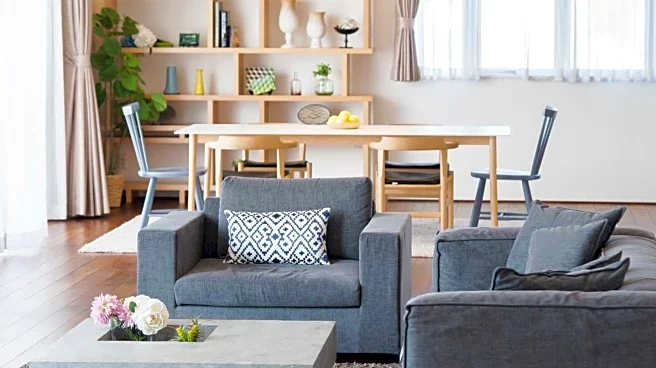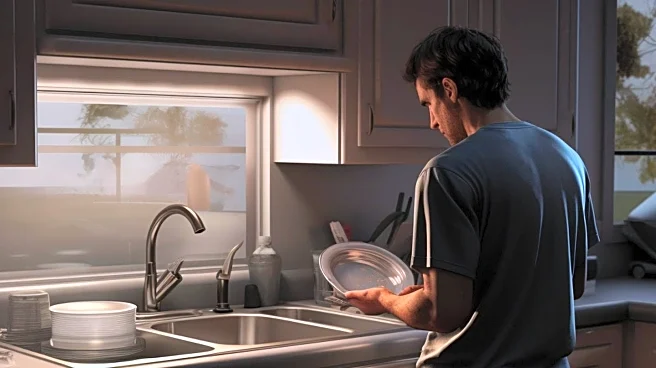What is the story about?
What's Happening?
As more individuals opt to move from apartments to houses with roommates, they encounter increased space and privacy but also face additional costs and responsibilities. Renting a house can be seen as a step closer to homeownership, yet tenants must be prepared for expenses beyond rent, such as lawn care, utility bills, and homeowners association fees. Fairly dividing rent among roommates based on room size and amenities requires open communication and clear expectations. Managing utilities and bills can be simplified using apps like Splitwise, Venmo, or Zelle, which help rotate payments and maintain a digital record. Creating written agreements, either by all roommates being on the lease or through a roommate agreement, can clarify rent, utilities, chores division, and early move-out scenarios. Keeping receipts and records of shared expenses is essential to prevent conflicts and ensure accountability among roommates.
Why It's Important?
The trend of renting larger homes with roommates reflects broader shifts in housing preferences and economic pressures. As housing costs rise, sharing a home can be a cost-effective solution, but it requires careful management of shared expenses to avoid conflicts. This development impacts the real estate market, as demand for larger rental properties may increase. It also affects financial services, with apps facilitating shared expenses gaining popularity. The ability to manage these dynamics effectively can lead to more stable living arrangements and potentially influence rental market trends.
What's Next?
As the practice of renting larger homes with roommates becomes more common, there may be increased demand for tools and services that facilitate shared living arrangements. Real estate companies might offer more properties designed for shared living, and financial apps could introduce new features to better manage shared expenses. Additionally, legal frameworks around roommate agreements might evolve to provide clearer guidelines and protections for tenants.
AI Generated Content
Do you find this article useful?













